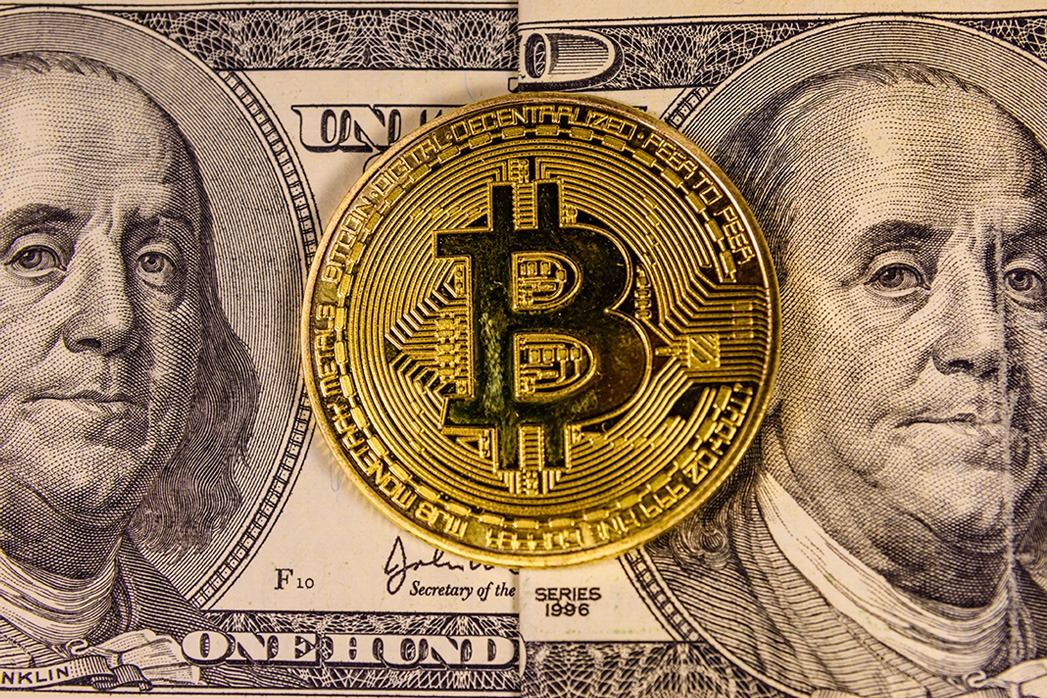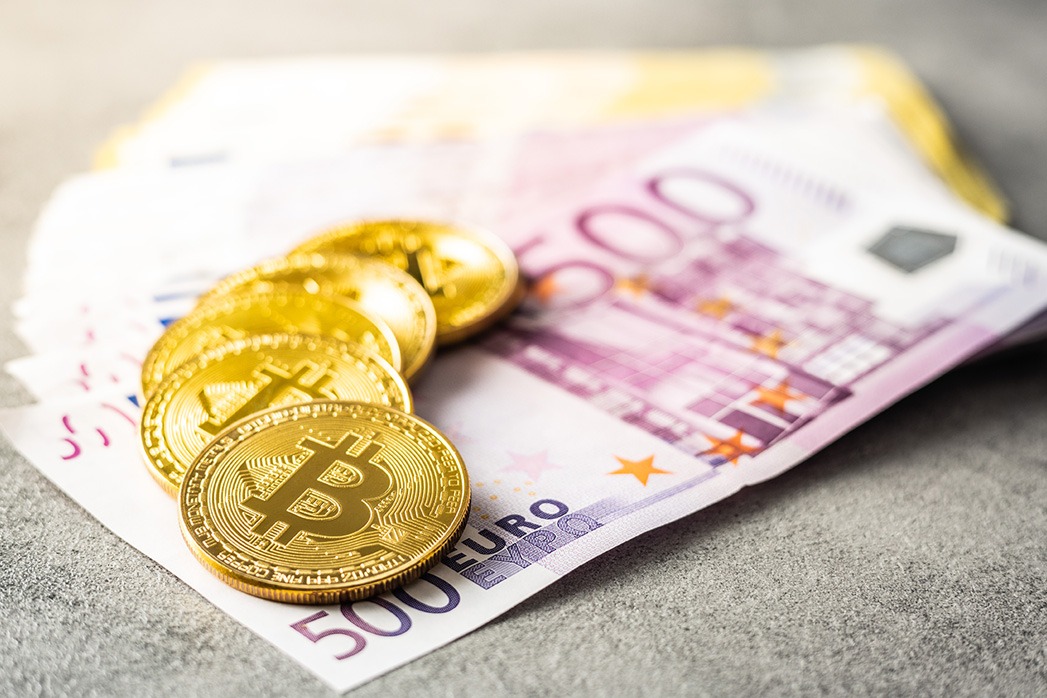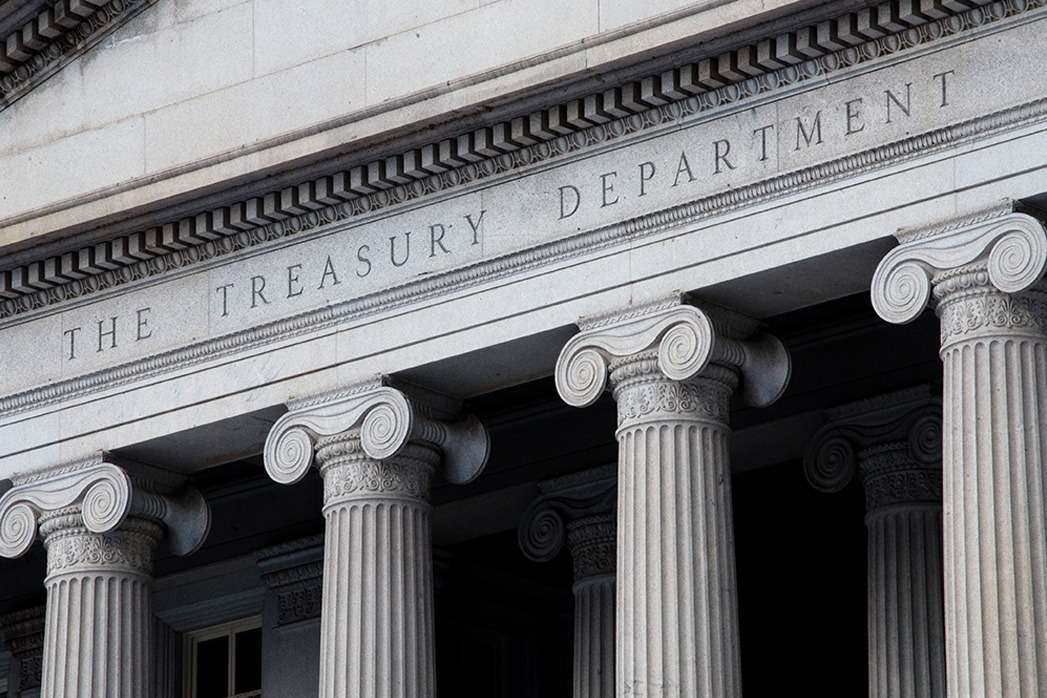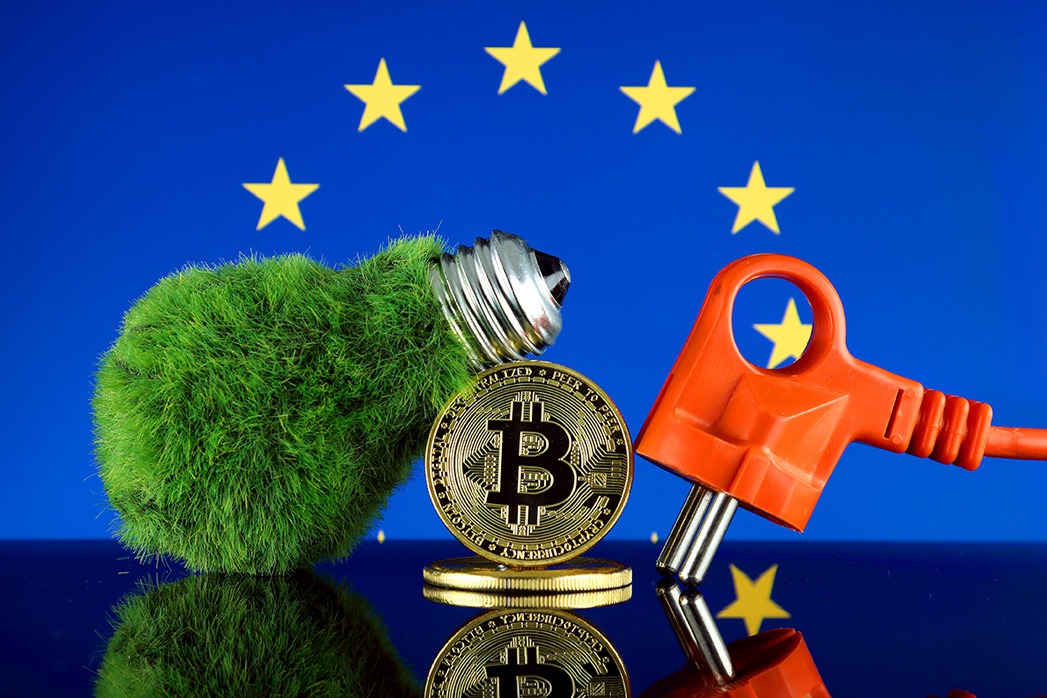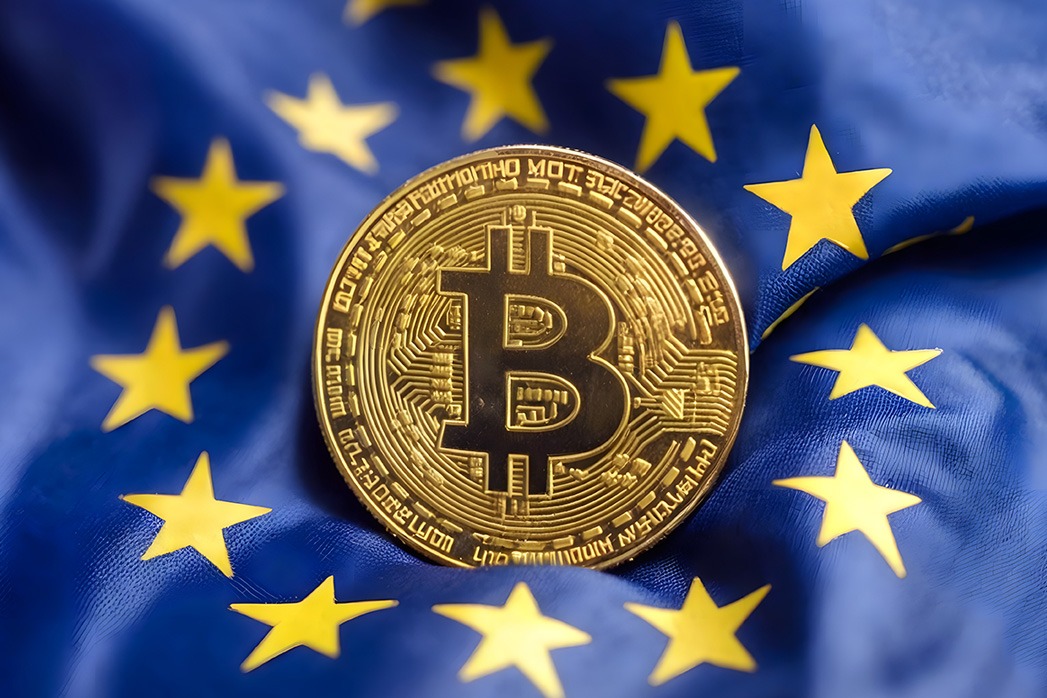Bitcoin as Sovereign Wealth: Why the Middle East May Move from Petrodollars to BTC
“Just as oil redefined wealth in the 20th century, Bitcoin is redefining sovereignty in the 21st.” — DNA Crypto.
As global trust in fiat reserves deteriorates and inflation erodes purchasing power, a quiet shift is emerging. Bitcoin — long viewed as speculative — is being reconsidered by the world’s largest capital allocators: sovereign wealth funds.
Nowhere is this more relevant than in the Middle East, where petrodollars have historically underpinned state treasuries.
But the next chapter of sovereign capital may be built on Bitcoin.
The Petrodollar Dilemma
Middle Eastern nations built extraordinary wealth through oil exports, investing proceeds into global equities, bonds, and real estate. But reliance on fiat-based assets — primarily USD reserves — has introduced risk:
- – USD devaluation over decades
- – Inflation is eating into long-term returns
- – Exposure to the US monetary and foreign policy
- – Declining trust in traditional safe havens
– The tools of the past are no longer neutral.
Why Bitcoin Belongs in a Sovereign Portfolio
Bitcoin offers a monetary asset with no counterparty risk, no inflation, and no central issuer. Its appeal to sovereign funds includes:
✔ Fixed supply — 21 million forever
✔ Neutrality — no government controls issuance
✔ Portability — transferable across borders, anytime
✔ Liquidity — deepening markets via ETFs and OTC desks
✔ Alignment with energy — ideal for surplus monetisation
Bitcoin behaves like digital gold — but settles in seconds and integrates with modern finance.
As explored in Bitcoin Treasuries 2.0, institutional Bitcoin strategies are maturing rapidly.
Institutional Custody: Now Compliant, Now Scalable
MiCA has set a precedent for regulated custody, capital requirements, and reporting frameworks. These templates can be replicated in sovereign structures:
- – Cold storage + insured custodians
- – Board-approved mandates
- – Multi-signature, geo-distributed key management
- – Public or discreet acquisition through OTC desks
– Bitcoin is no longer a compliance risk — it’s a strategic opportunity.
MENA’s Energy Advantage
Oil-rich nations understand energy markets better than anyone. And Bitcoin is, at its core, an energy buyer.
This creates alignment between:
- – Oil → converted to capital → stored in BTC
- – Energy producers → mining BTC → building sovereign reserves
- – Grid excess → monetised through Bitcoin
– As outlined in Bitcoin Mining and the Energy Shift, this synergy is already reshaping grids in Iceland, Norway, and North America. MENA is next.
The Geopolitical Shift Is Underway
Owning BTC reduces reliance on:
- – SWIFT and legacy banking rails
- – USD-based capital flows
- – Sanction-prone payment networks
– In a world increasingly split between blocs, neutral settlement assets are becoming strategic.
Bitcoin is not just an investment — it’s a shield.
Why This Matters for DNA Crypto Clients
For high-net-worth individuals, family offices, and sovereign entities, DNA Crypto provides:
- – MiCA-aligned OTC execution
- – Regulated custody options
- – Long-term strategic planning
- – Complete discretion and risk-mitigation frameworks
The world’s largest capital allocators are exploring Bitcoin — and DNA Crypto is positioned to serve them.
Image Source: Envato Stock
Disclaimer: This article is for informational purposes only and does not constitute legal, tax, or investment advice.

